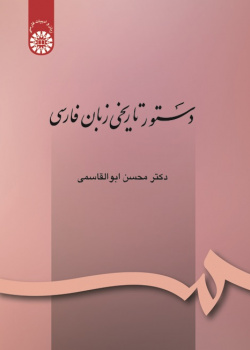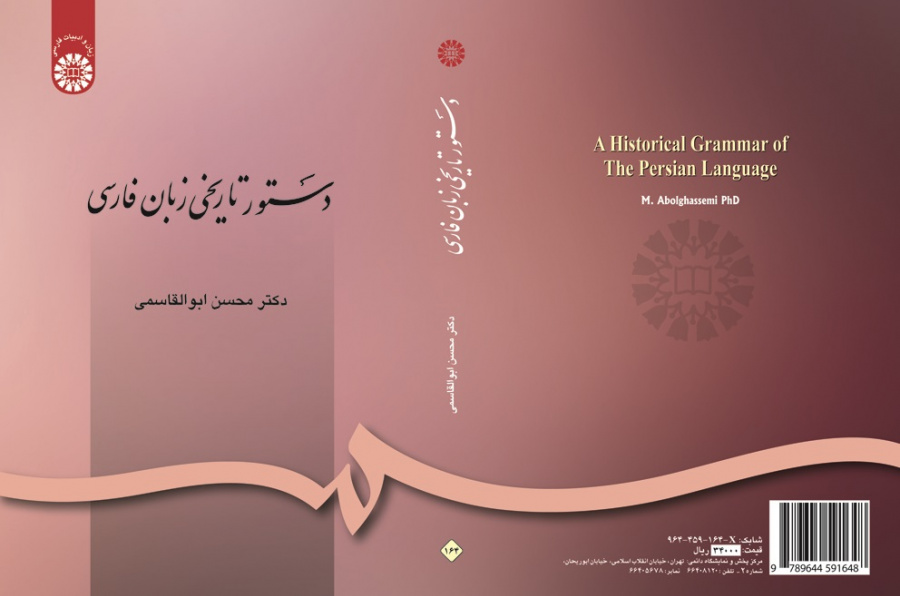

A Historical Grammar of The Persian Language
This book is the second volume of History of Persian Language by the same author. To understand this book familiarity with the discussions of the previous volume is necessary or the reader should be already familiar with the grammar of Farsi.
In this book, Grammar of Farsi is comparatively studied in three different historical periods of Ancient, Middle and Dari and the relation of each period with the period before it is also clarified in twelve chapters. In these chapters Phonetics; Noun; Adjective; Number; Pronoun; Verb; Adverb; Preposition;Conjunction; Sounds; Word Formation and Sentence are covered. In each discussion a sufficient number of examples are provided and by bringing examples from texts the ancient use of many modern words are shown. Because there remains little of ancient Farsi which is the mother of modern Farsi, Avestan grammar is also discussed. In this book by “ancient Iranian” we mean a language from which Avestan and ancient Farsi are generated. Principles discussed under the title of “Ancient Iranian” are those common to both Avestan and ancient Farsi. In this book by “middle Iranian” is meant Ashkani Pahlavi and Middle Farsi.
Compiled for the students of Persian language and literature as a textbook for a course in “Historical and Comparative Grammar of Farsi” and “Research in the Grammar of Farsi”, this book is the second volume of History of Persian Language by the same author. In this book, Grammar of Farsi is comparatively studied in three different historical periods of Ancient, Middle and Dari.





